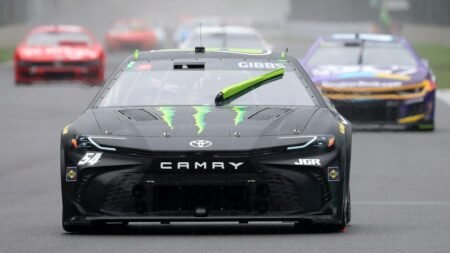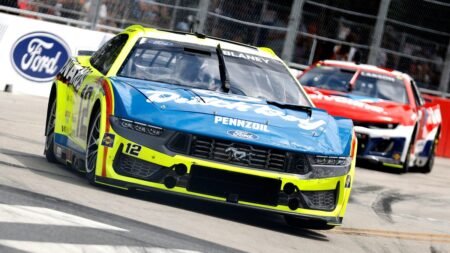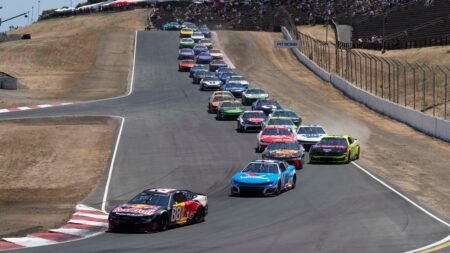The “Re:Nissan” recovery plan, outlined a few months ago, includes reducing the number of production sites from 17 to 10. One of the factories slated for closure has now been identified, with newly appointed CEO Ivan Espinosa calling it a “tough but necessary decision.” The Oppama Plant, located in the Oppama district, will shut down after Japan’s fiscal year 2027, which ends in March 2028.
Current models and upcoming vehicles initially planned for Oppama will instead be assembled at the Kyushu site. Nissan’s CEO admitted that “it wasn’t easy—for me or for the company” to shutter a plant that has been operational since 1961. Over the past 64 years, more than 17.8 million vehicles have rolled off its assembly line. The factory currently builds the Note and Note Aura superminis, but previously produced the electric Leaf hatchback, the quirky Cube, and the March (Micra). It originally assembled the Datsun Bluebird, a compact, rear-wheel-drive sedan.
Photo by: Nissan
Approximately 2,400 employees will be affected by the closure. The move is part of a broader strategy to reduce the global workforce by 20,000 by the end of FY2027. Not all job cuts will come from manufacturing, as some will stem from reductions in selling, general, and administrative (SG&A) expenses. Nissan also plans to scale back its research and development operations by shrinking its number of vehicle platforms from 13 to 7 and cutting parts complexity by 70%. Closing the Oppama Plant is among several drastic measures aimed at reducing global production capacity from 3.5 million to 2.5 million units.
To grasp the severity of the situation at Nissan, consider that some new model programs have been paused to curb spending. A dedicated team of 3,000 people is now focused exclusively on cost-cutting initiatives. There’s also a report about how the Yokohama headquarters could be sold and leased back from the new owner.
As for the Oppama site’s future, Nissan is evaluating a “wide range of options.” The closure affects only the factory, as the local research center, crash test facility, proving ground, and 20,000-car wharf will continue operating as usual.
Read the full article here













